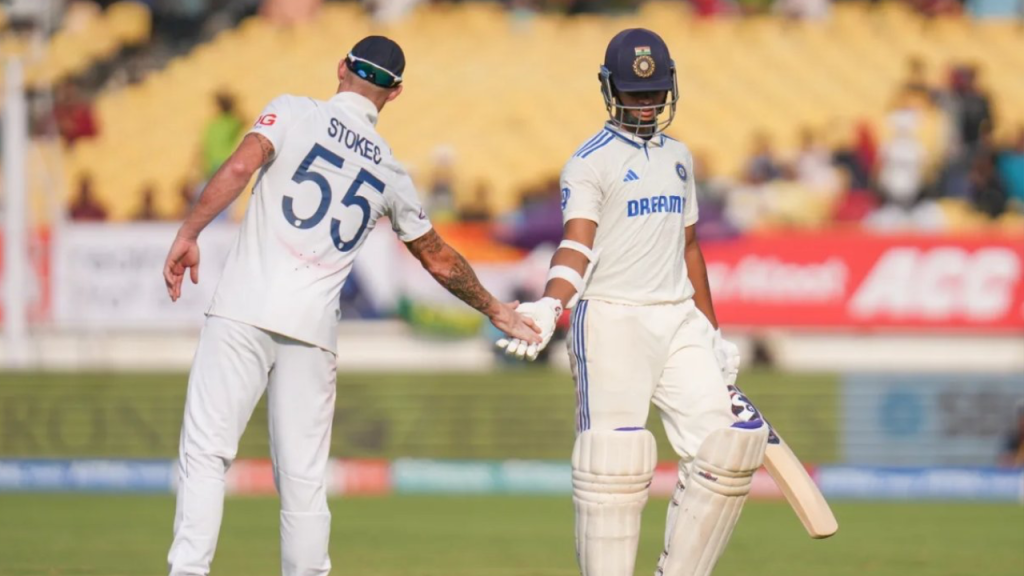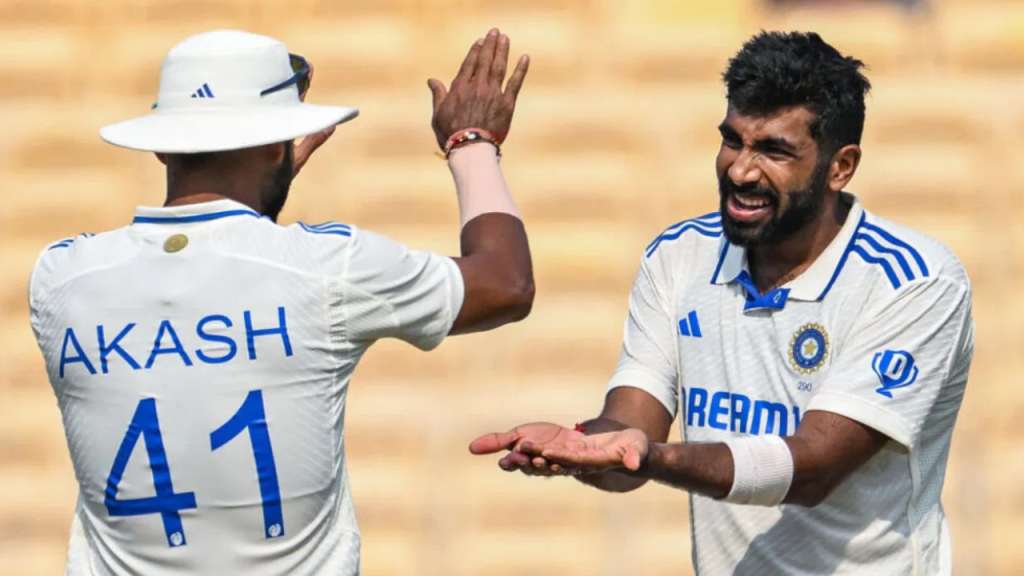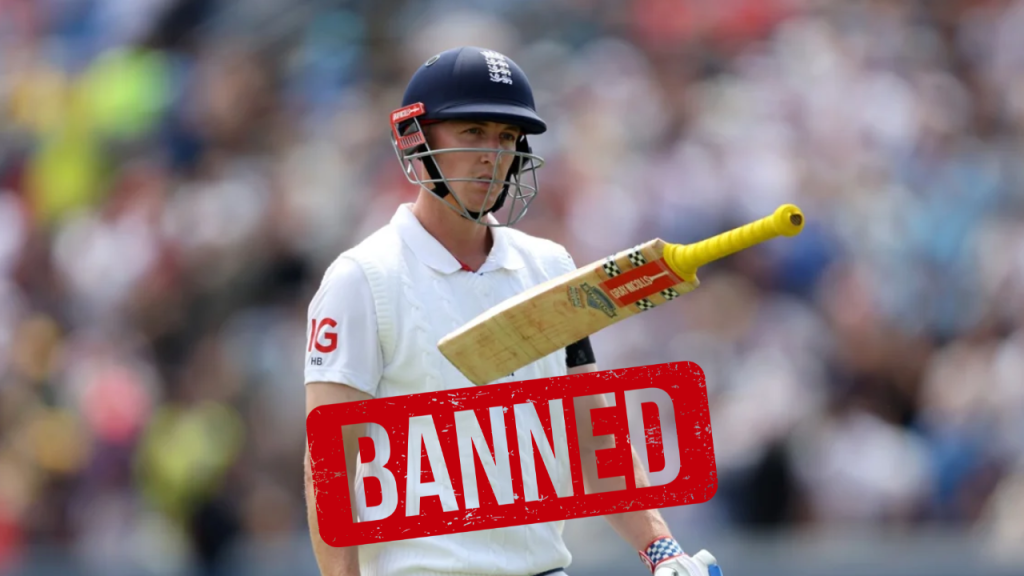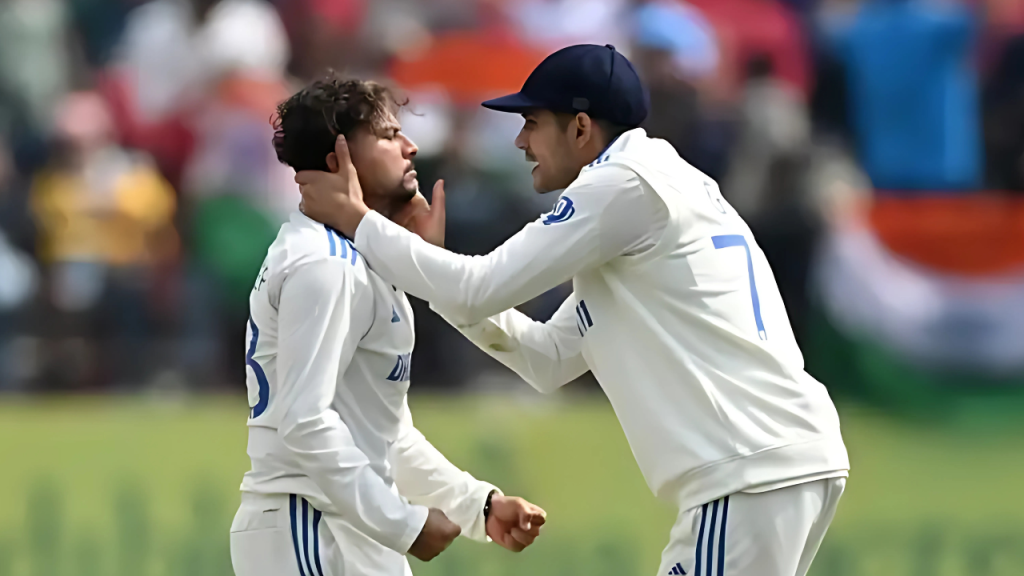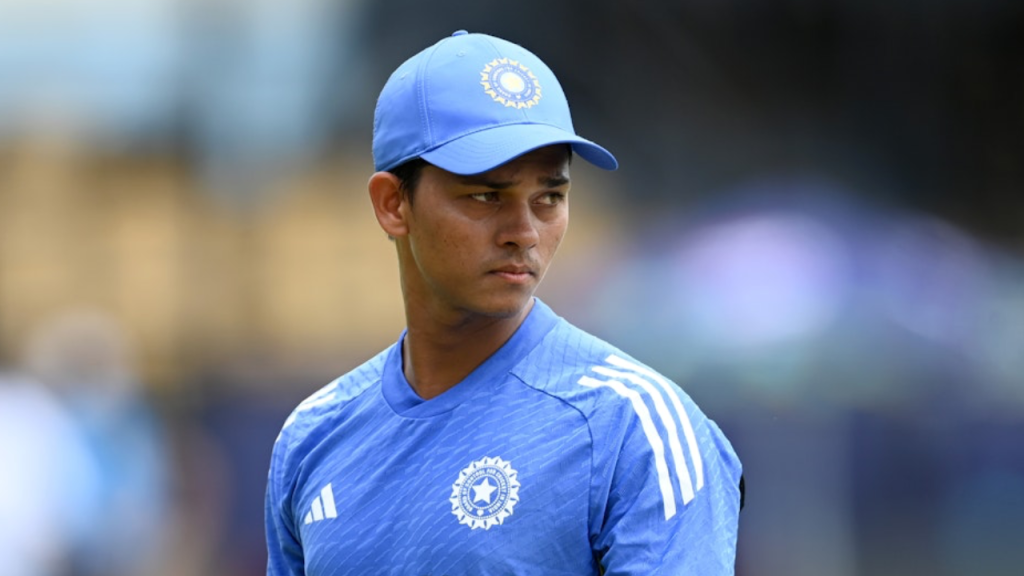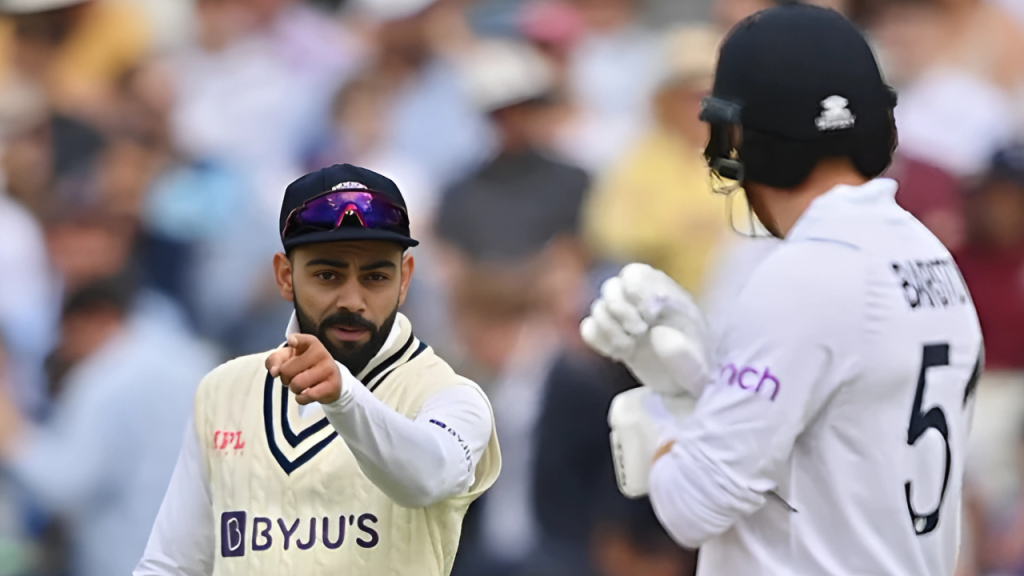India’s batting collapse in the first Test against New Zealand, where they were bowled out for a mere 46 runs. This unprecedented event has not only shocked cricket enthusiasts but has also set the stage for a strategic overhaul as India prepares for the second Test. The debacle, while disheartening, offers a unique opportunity for introspection and innovation in team strategy. Here’s looking at three potential strategies India might adopt to turn the tide in the upcoming match.
1. Aggressive Batting Lineup with a Focus on Counter-Attacking Play:
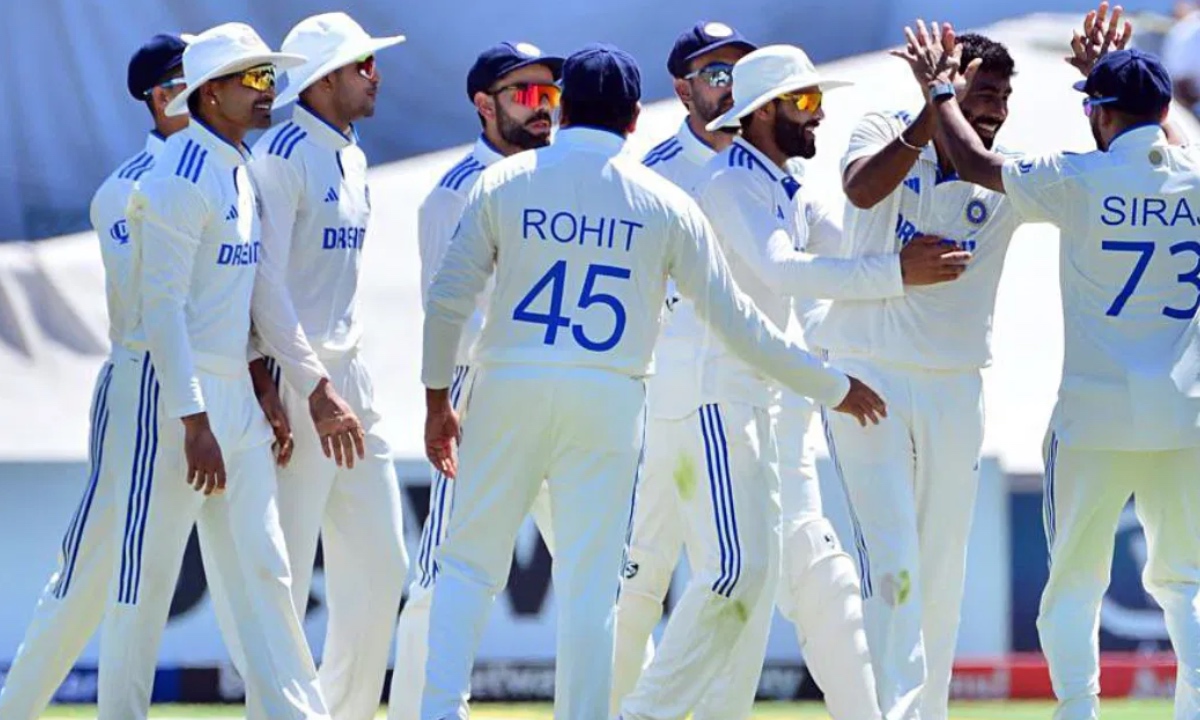
The first innings collapse might push India towards adopting a more aggressive batting approach. Traditionally, Indian teams have been known for their resilience and the ability to grind out runs. However, the pitch conditions and the psychological impact of the first innings might lead to a strategy where batsmen are encouraged to play more freely from the outset. This could mean promoting aggressive players up the order or instructing the top order to play their natural game, focusing on scoring rather than survival. The idea would be to unsettle the New Zealand bowlers early, preventing them from settling into a rhythm. This strategy could also involve using the sweep shot more frequently, especially against spinners, to disrupt the bowler’s line and length.
2. Strengthening the Bowling Attack with an Extra Spinner:
Given the conditions in India, where spin often plays a crucial role, India might consider playing an additional spinner in the second Test. The inclusion of a second spinner could provide more options in terms of bowling variations, especially if the pitch offers turn. This move would not only aim at exploiting any assistance from the pitch but also keep the New Zealand batsmen guessing. The strategy here would be to rotate the bowling options frequently, maintaining pressure with different styles of spin bowling, possibly including a wrist spinner alongside the off-spinner, to challenge the batsmen with variations in pace, spin, and bounce.
3. Enhanced Focus on Fielding and Fitness:
The mental and physical fatigue following such a collapse can be profound. Therefore, India might ramp up their focus on fielding drills and fitness regimes leading up to the second Test. An improved fielding performance can lift team morale, provide breakthroughs through sharp catching or run-outs, and disrupt the opposition’s rhythm. Enhanced fitness could also mean batsmen are better prepared to endure long innings, reducing the likelihood of mental fatigue leading to poor shot selection. This strategy would involve rigorous training sessions focusing on agility, reflexes, and endurance, ensuring every player is at their physical peak.
As India steps into the second Test, the approach will not just be about rectifying the batting debacle but also about setting a new tone. The strategies discussed above reflect a blend of aggression, tactical bowling changes, and physical preparedness, aiming not just for redemption but for dominance. The cricketing world watches with bated breath, eager to see how India, a team known for its resilience, responds to one of its most challenging moments. This Test match could well be remembered not for the fall but for the spectacular rise that follows.
